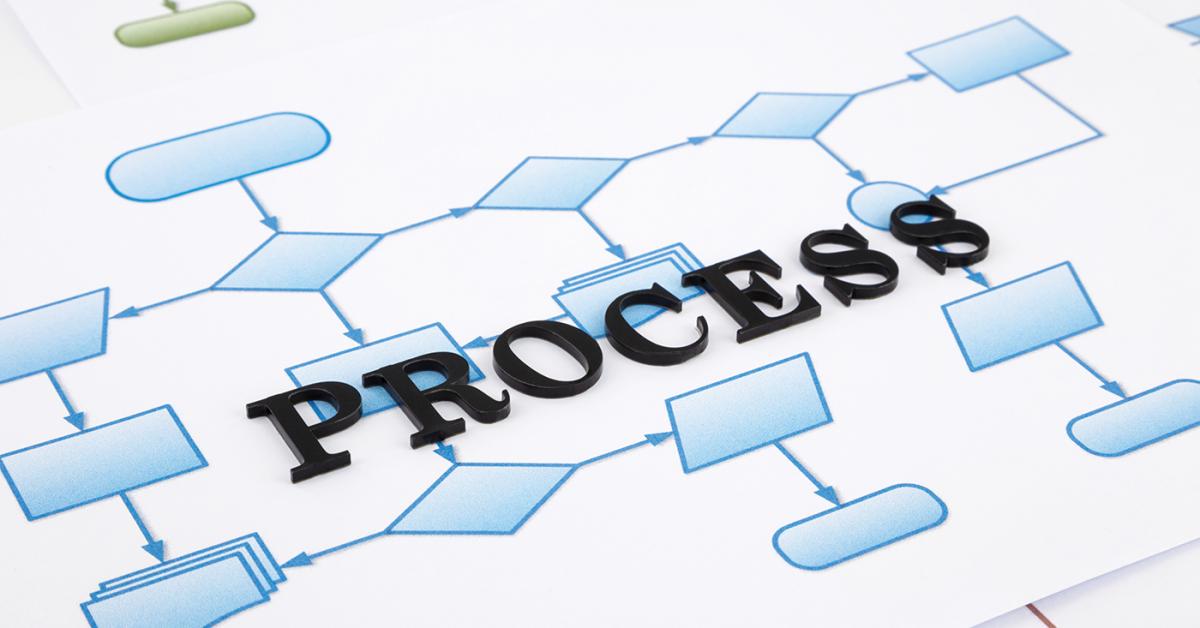CHICAGO — The methods that each drycleaning company uses to operate the company are as unique as the people who start and run those businesses. By creating process documents that clearly state how things are done, owners can confirm a positive experience for each customer interaction.
In Part 1 of this series, we examined the need for process documents in drycleaning companies. Today, we’ll explore the company-specific information that such documents should include.
Vital Information
With those primary tasks spelled out, the process documents can start to reflect the organization’s goals.
“The vital information in that is going to depend on the organization to a large extent,” says Amy Wischmann, policies and procedures manager at Benzinger’s Clothing Care, located in western New York state. “At Benzinger’s, one of the top priorities is customer service. So, our procedure manuals have a very heavy customer service focus. Even in the production department and the delivery department, that is always the focus. What does it mean specifically in this company to make a customer happy? What do we have to do?”
Part of Benzinger’s production documents are designed to give team members, and especially customer-facing employees, guidelines to follow when difficult situations arise.
“For instance, there’s specific guidance on when special requests are made,” Wischmann says. “How are those handled? If someone has to say, ‘No,’ who makes that decision? What level does that have to rise to before a customer can actually be told, ‘I’m sorry. That’s not possible.’ Who has the authority to respond to customer complaints? What decisions can your frontline customer service person make, and what has to be run by management?”
While they are valuable learning aids and reminders of how to do specific tasks, process documents are also a must-have when it comes to cross-training, says Jan Barlow, owner and president of Jan’s Professional Dry Cleaners in Clio, Michigan.
“It’s not just how to finish pants or do the steam tunnel or do drapes or wedding dresses, but it’s also so that they understand how things actually move through the whole plant,” she says. “We want everyone to be cross-trained. Our goal is to have two or three people who know how to do every single job, so that we’re not beholden to anyone.”
Barlow says she’s learned this lesson the hard way: “I’ve literally been in a position where I was beholden to somebody because they didn’t want to teach anybody how to do a particular project. So then, if they didn’t feel like it, or they didn’t come into work, we were screwed.”
Getting It Together
When it comes to presentation, owners and operators have many more options today than they had just a few years ago.
“Video is great, and I think a lot of people like to see pictures and flow charts,” Wischmann says. “If it does have to be written, make it short bursts of information. What we have found is that it’s very difficult for people when things are just too wordy. If it’s just a text-heavy document, forget it. If they are in a stressful situation, they’re never going to find the little piece of information that they need to know.”
This ease-of-use philosophy, Wischmann says, is key to developing worthwhile process documents.
“If it is something that has to be written, keeping it as condensed as possible with a lot of white space and bullets is very helpful,” she says. “But, if you can translate something into a visual representation of some kind — pictures or flow charts — that really works for people. They can use it at a glance.”
Modern technology is providing options that were unavailable in the past.
“First, we took pictures, and now we’re taking videos,” Barlow says, “and the technology continues to evolve — now to the point where we can literally speak it and then get it translated, documented and edited. The more senses that are involved, the better it is. Now they can hear it, they can see it. There’s so much video learning out there, we just have to get in line with everything else going on.”
“Using little YouTube video clips for training can be great,” Wischmann agrees. “Video is a fantastic medium that people really respond to because people these days are so used to pulling up little videos on their phones. That works for everyone, but especially the younger generations.”
It’s especially helpful because the teaching is repeatable without aggravating a leader.
“If you need to watch that video 25 times, you are not going to be frustrating the trainer,” Wischmann says. “Or, if the trainer simply doesn’t have the time that day, you don’t feel like you’re dead in the water, because you can call that video up and be able to train yourself.”
“How many cooking videos do people watch?” Barlow asks. “They just play the video while they’re making whatever it is, and they can watch it 50 times. And that’s exactly what we’re doing here. I’m visualizing for these guys when they’re pressing pants — you can visualize what you’re doing over and over.”
Come back Tuesday for the conclusion of this series, where we’ll look at how to pull together information into documents that are clear, and how to keep them useful into the future. For Part 1 of this series, click HERE.
Have a question or comment? E-mail our editor Dave Davis at [email protected].




































